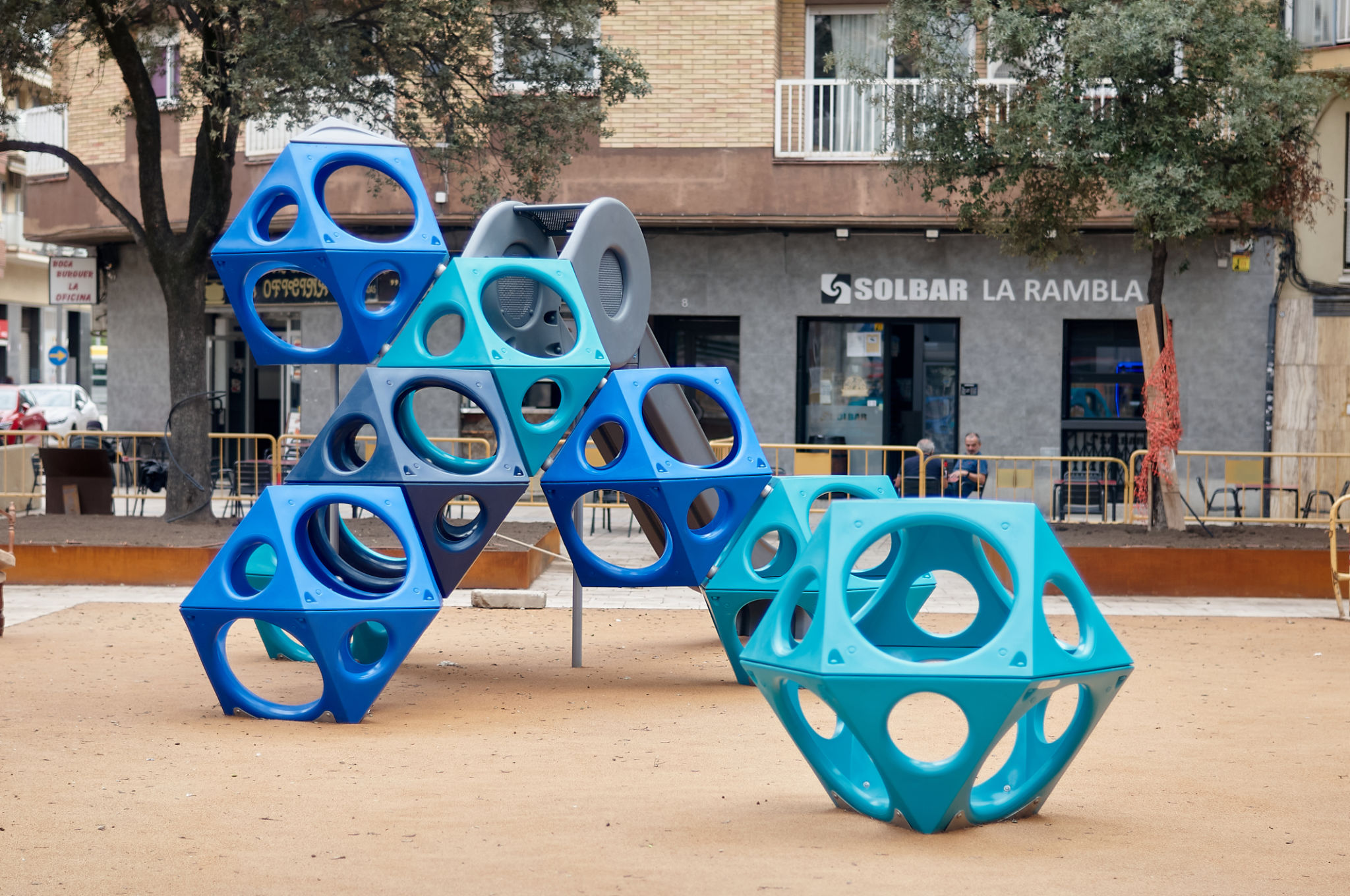The Ultimate Guide to Parkour for Beginners: Start Your Journey Today
RH
Getting Started with Parkour
Parkour, often described as the art of movement, has captivated people around the world with its graceful yet powerful techniques. If you're new to Parkour, it might seem daunting at first. However, with the right guidance and mindset, anyone can start their Parkour journey. This guide will help you take your first steps into becoming a Traceur (a practitioner of Parkour).

Understanding the Basics
Before you jump into Parkour training, it's important to understand its foundational principles. Parkour is about efficiently overcoming obstacles in your environment as you move from one point to another. This requires a combination of strength, agility, and creativity. The goal is not to compete but to improve your own skills and enjoy the freedom of movement.
Key movements in Parkour include vaults, jumps, rolls, and climbs. Start with basic moves such as the precision jump and the safety vault. These will help you build confidence and develop the necessary skills for more advanced techniques.
Essential Gear for Beginners
One of the great aspects of Parkour is that it requires minimal equipment. However, investing in a good pair of sneakers that provide adequate grip and support is crucial. Look for shoes with flexible soles to enhance your foot's natural movement.
Additionally, wearing comfortable clothing that allows for freedom of movement is essential. As you gain experience, you might want to consider protective gear like gloves or knee pads, especially when practicing in more challenging environments.

Finding a Suitable Training Environment
Your surroundings play a vital role in your Parkour practice. Beginners should start in safe environments such as parks or playgrounds with soft grass or sand, which can cushion falls and reduce the risk of injury. Urban landscapes can offer a variety of obstacles, but it's important to assess the area's safety before starting your training.
Joining a local Parkour group or community can also be beneficial. Experienced traceurs can offer guidance and support, helping you learn new techniques and avoid common mistakes.
Building Strength and Flexibility
Parkour demands a strong and flexible body. Incorporating exercises that build core strength, balance, and agility into your routine is essential. Focus on bodyweight exercises such as push-ups, pull-ups, squats, and planks. These exercises will enhance your performance and help prevent injuries.

Practicing Safety
Safety should always be your priority when practicing Parkour. Start with low-impact movements and gradually progress to more complex techniques as your confidence and skills grow. Always perform a warm-up before training to prepare your muscles and joints for physical activity.
Be mindful of your limits and never attempt moves that are beyond your current ability level. It's better to progress slowly than to risk injury by pushing yourself too hard too soon.
Embracing the Parkour Mindset
Parkour is as much about mental resilience as it is about physical ability. Developing a positive mindset will help you overcome challenges and setbacks. Embrace failure as part of the learning process and use it as motivation to improve.
Remember that Parkour is a journey, not a destination. Celebrate small victories along the way and focus on personal growth rather than comparing yourself to others.

Your Parkour Journey Begins
Now that you have an understanding of the basics, it's time to begin your Parkour journey. Start by setting small goals and gradually increasing their complexity as you become more comfortable with the movements. Consistent practice will lead to improvement over time.
Whether you're looking to enhance your fitness level or simply enjoy a new form of self-expression, Parkour offers a unique way to challenge yourself both mentally and physically. So lace up your sneakers, head outside, and start exploring the world through the lens of a traceur.
